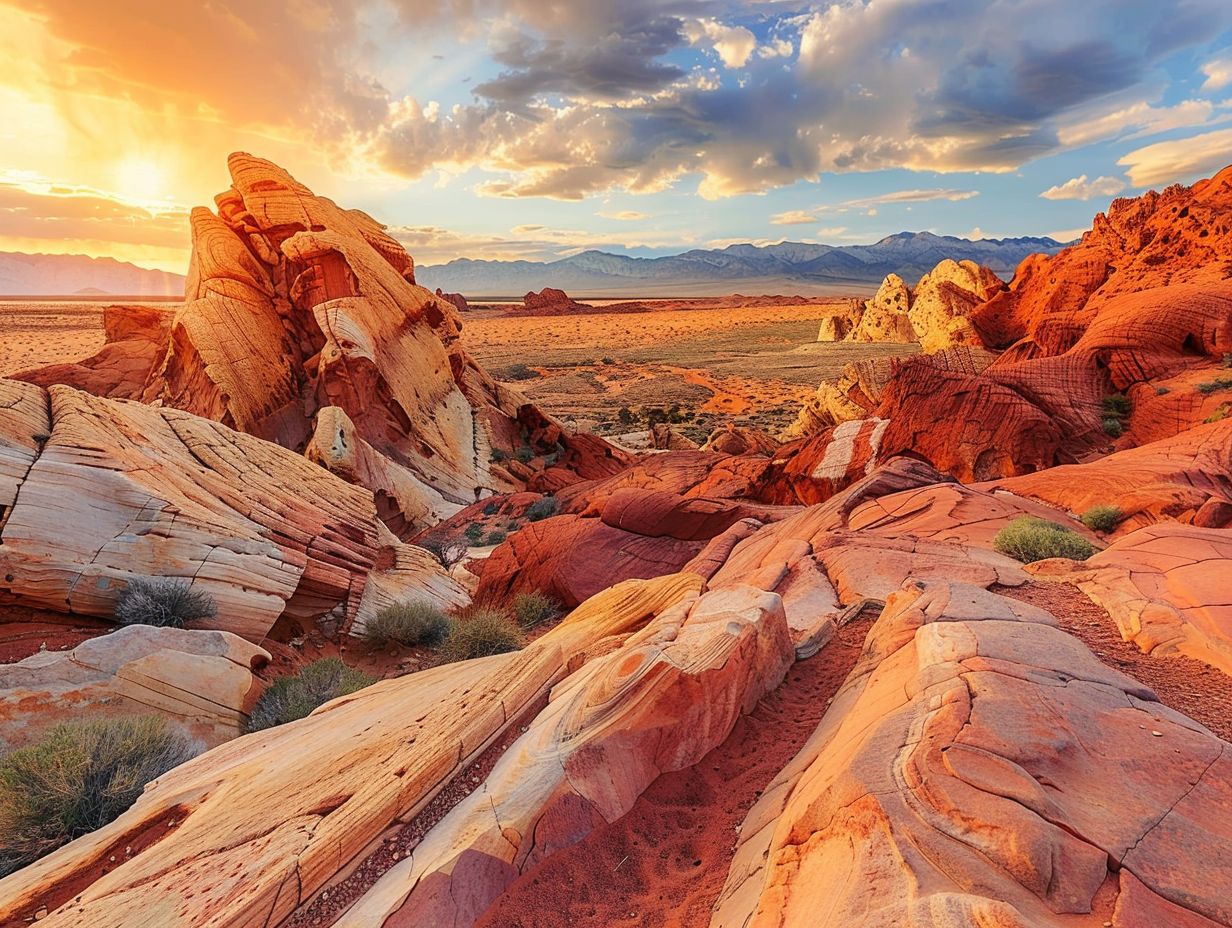While Valley of Fire State Park is renowned for its breathtaking red sandstone formations and ancient petroglyphs, the park is also home to a diverse array of wildlife, including some of the most elusive and fascinating creatures in the Mojave Desert. Although bears are not native to this arid landscape, the park is still a treasure trove of wildlife encounters for visitors willing to explore its rugged trails and hidden canyons.
The Absence of Bears in Valley of Fire State Park
Despite the park’s dramatic and rugged terrain, which might suggest the presence of large predators like bears, the Valley of Fire is not home to any native bear species. The Mojave Desert, in which the park is situated, is simply too dry and inhospitable to support the habitat requirements of bears. The nearest bear populations can be found in the mountainous regions of central and northern Nevada, hundreds of miles away from the Valley of Fire.
Diverse Wildlife in the Valley of Fire

While bears may not be found within the park’s boundaries, Valley of Fire State Park is still teeming with a wide variety of other fascinating wildlife species. Visitors may be lucky enough to spot coyotes, bobcats, kit foxes, skunks, jackrabbits, and the elusive desert tortoise, which is a protected species within the park. The park is also home to a diverse array of lizards, snakes, and birds, including the striking costa’s hummingbird and the iconic greater roadrunner.
Exploring the Park’s Trails and Habitats
To increase your chances of spotting the park’s diverse wildlife, it’s essential to explore the various hiking trails and habitats within the Valley of Fire. The park offers a range of trails, from easy, family-friendly walks to more challenging hikes that delve deeper into the rugged canyons and rock formations. Visitors should be sure to inquire at the Visitor Center for recommendations on the best trails for wildlife viewing.
Facilities and Amenities for Visitors
The Valley of Fire State Park offers a range of facilities and amenities to accommodate visitors, including two campgrounds with a total of 72 units, equipped with shaded tables, grills, water, and restrooms. RV sites with power and water hookups are also available, and there are three group-use campsites that can accommodate up to 45 people each. Day-use areas with shaded areas and restrooms are located throughout the park, providing a comfortable base for exploring the stunning landscapes.
Visitor Information and Park Hours
The Visitor Center is open daily from 9 a.m. to 4:00 p.m. and offers valuable information about the park’s geology, ecology, prehistory, and history. Visitors are strongly encouraged to make this their first stop upon entering the park. The Valley of Fire State Park is open seven days a week, 365 days a year, with camping and day-use fees of $20/vehicle/night for Nevada residents or $25/vehicle/night for non-Nevada residents.
The Geological and Historical Significance of the Valley of Fire
The Valley of Fire State Park is not only a wildlife haven but also a geological and historical treasure. The park’s bright red Aztec sandstone outcrops are remnants of sand left behind by the wind after inland seas subsided and the land rose. The park also contains ancient, petrified trees and petroglyphs dating back more than 2,000 years, offering a glimpse into the rich cultural history of the region.
Conclusion
While the Valley of Fire State Park may not be home to bears, it is a truly remarkable destination for nature and wildlife enthusiasts. From the diverse array of desert-adapted species to the park’s stunning geological and historical features, there is something for everyone to discover in this unique and captivating landscape. Whether you’re an avid hiker, a wildlife enthusiast, or simply someone who appreciates the beauty of the natural world, the Valley of Fire State Park is a must-visit destination in the heart of the Mojave Desert.

